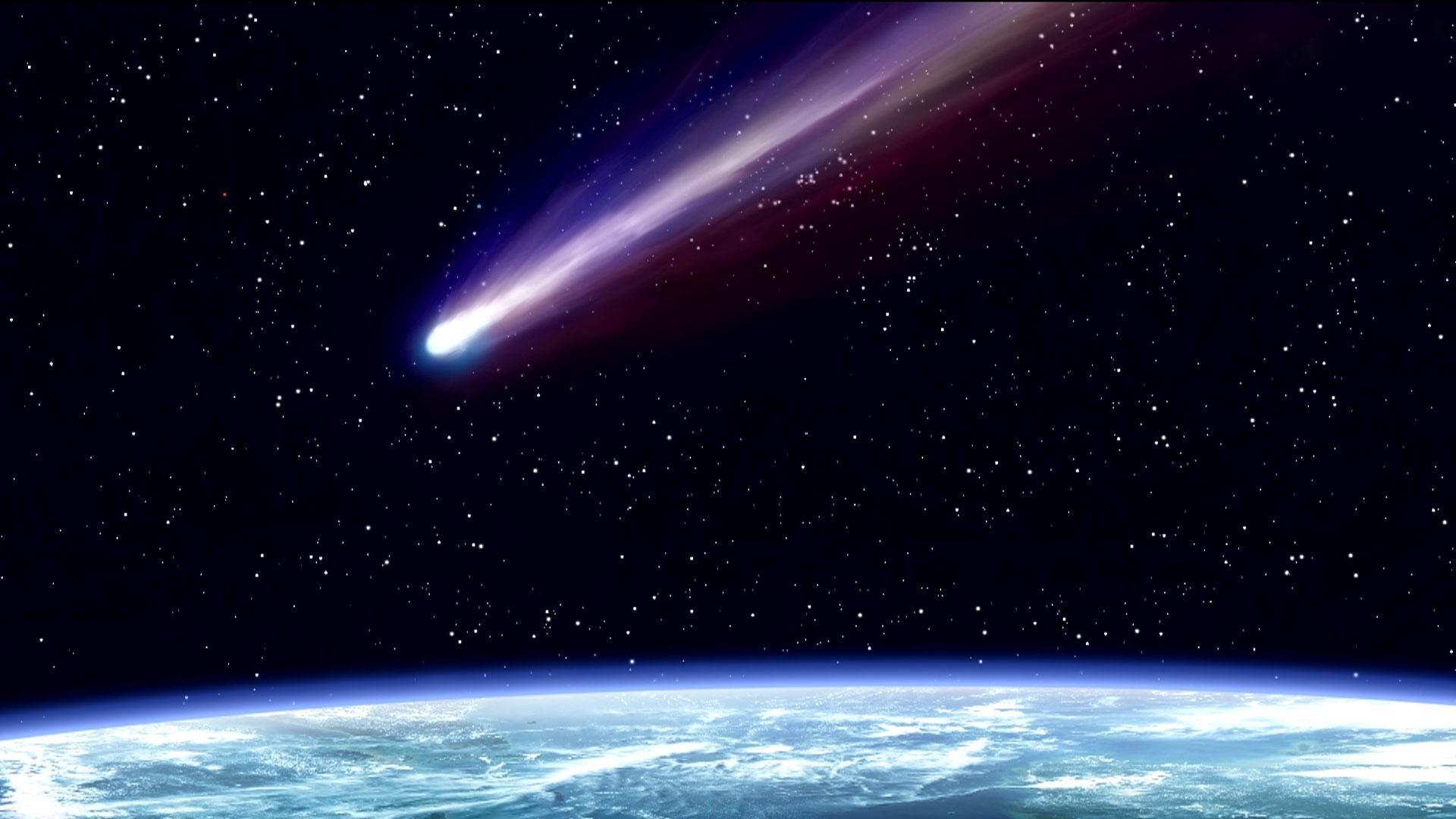Q1. What Is Kuiper Belt?
It is similar to the 'Asteroid Belt', But it is many time larger then Asteroid Belt. Approximately it is 20 times wide and 20-200 times as massive than 'Asteroid Belt'. Like 'Asteroid Belt', it also consists of mainly small bodies. While many asteroids are composed of rocks and metal whereas, most of 'Kuiper Belt' objects are composed of ices, such as methane, ammonia and water. The 'Kuiper Belt' is the home of many dwarf planets such as 'Pluto', 'Haumea', 'Makemake'. Some moons such as 'Triton' and 'Phoebe' are also located in this region.
Q2. How Kuiper Belt Formed?
When the solar system formed, much of the gas, dust and rocks pulled together to form the sun and planets. The planets then swept most of the remaining debris into the sun or out of the solar system. But objects at the edge of the solar system were far enough away to avoid the gravitational tugs of the much larger planets like jupiter, and so managed to stay in their place as they slowly orbited the sun. The Kuiper Belt and its compatriot, the more distant and spherical Oort cloud, contain the leftover remnants from the beginning of the solar system and can provide valuable insights into its birth.
#1 We first went 'Kuiper Belt' in 1983.
#2 The first spacecraft who enter the 'Kuiper Belt' was NASA's 'Pioneer 10 spacecraft'.
#3 'Pluto' was the first discovered 'Kuiper Belt' object which is discovered in 1930.
#4 'Kuiper Belt' is the source of comets.
#5 Lots of 'Kuiper Belt Objects (KBO) have their moons.







No comments:
Post a Comment